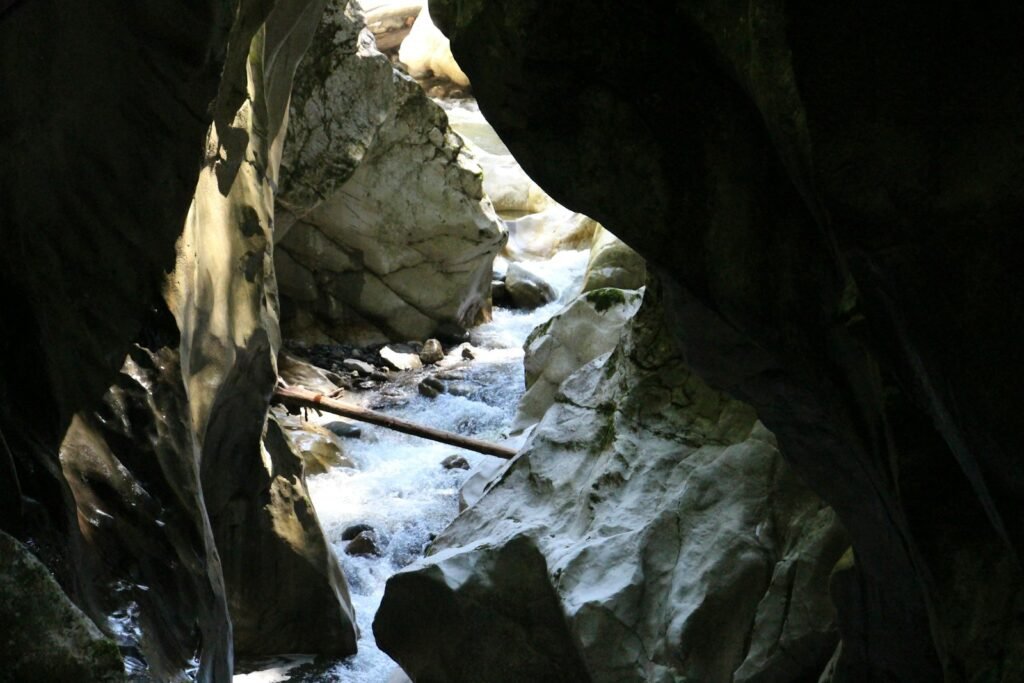Imagine standing beside a clear, rushing river, only to watch it vanish right before your eyes—slipping into the earth as if swallowed by a hidden mouth. There’s a sense of wonder and a touch of heartbreak in these moments. Across America, there are rivers that don’t just wind through forests and meadows—they disappear underground, carving secret paths beneath our feet. These vanishing waterways are part of a mysterious world few ever see, shaping landscapes and capturing imaginations. Let’s take a journey through the science, history, and wild beauty of America’s disappearing rivers—where water flows down a rabbit hole and emerges, sometimes miles away, in places that seem almost magical.
The Curious Phenomenon of Disappearing Rivers
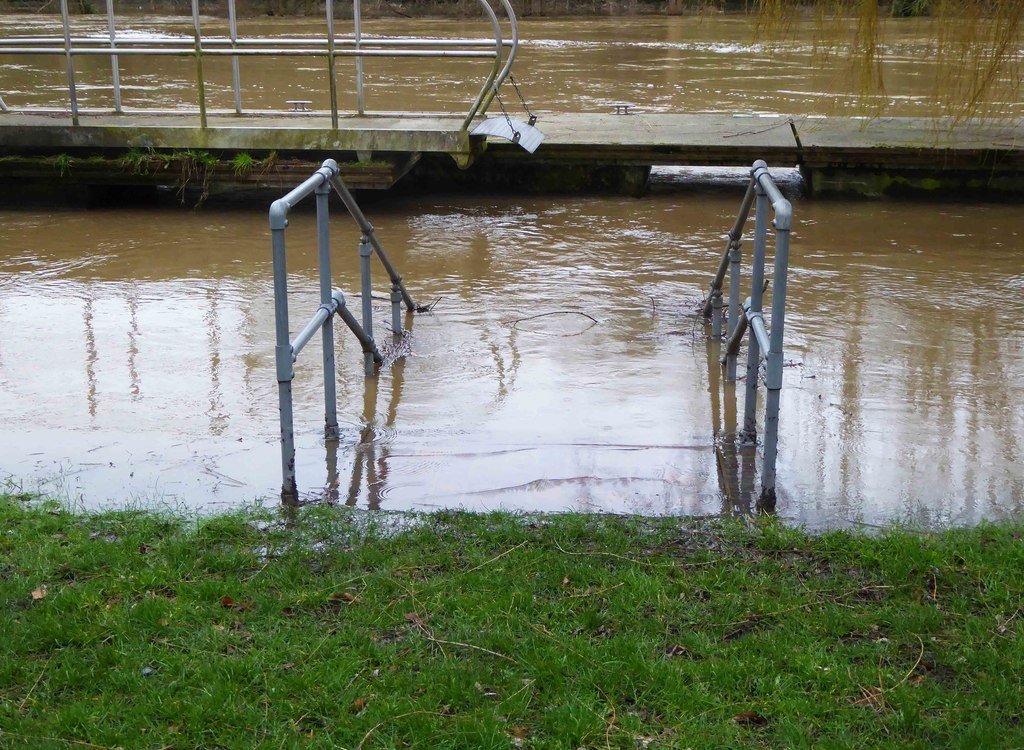
Disappearing rivers are more than just a trick of the landscape—they’re a testament to the earth’s hidden complexity. When a river suddenly plunges below ground, it’s often due to the unique geology beneath. Limestone and other easily dissolved rocks create underground channels, allowing rivers to vanish and reappear where you least expect. These waterways might slip into a cave, a sinkhole, or a crack in the earth, only to resurface elsewhere. For centuries, people have been both mystified and inspired by this phenomenon, dreaming up legends and stories around these vanishing acts. Yet, the reality is every bit as fascinating as the folklore.
America’s Most Famous Vanishing Waterways
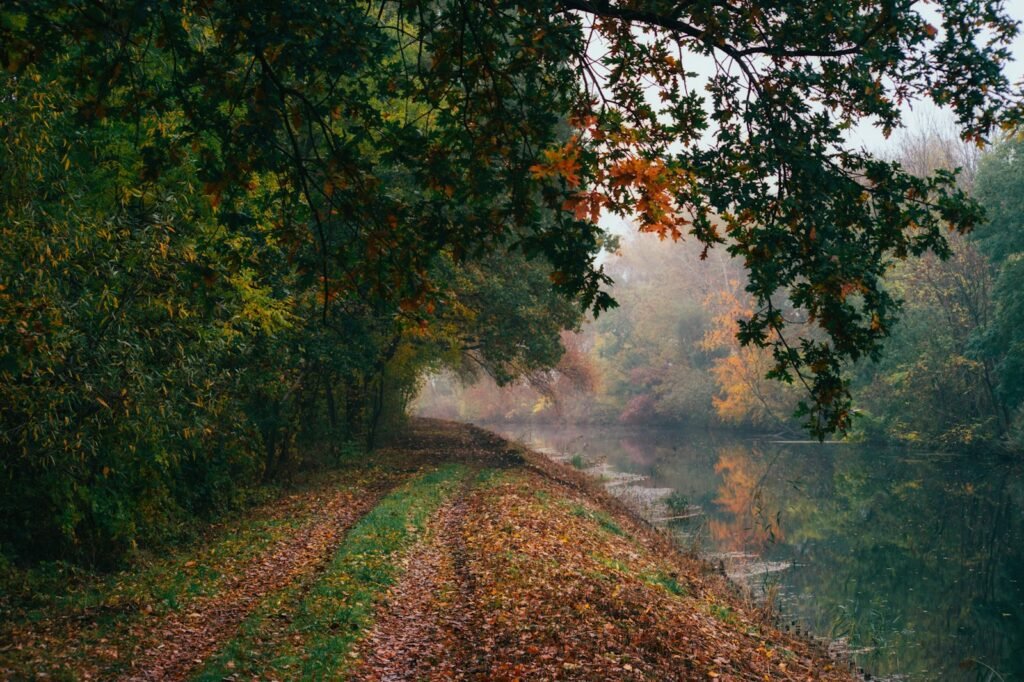
The United States is home to a surprising number of disappearing rivers, each with its own story. The Lost River in Indiana is perhaps the most well-known, where a flowing stream simply sinks into the ground, lost to the world above. In Kentucky, the Sinking Creek lives up to its name, vanishing into the Mammoth Cave system—the world’s longest known cave. Other rivers, like the Santa Fe River in Florida, dip underground for miles, only to burst back into daylight in a dazzling display. These rivers are more than geological oddities; they’re living laboratories, offering scientists clues about how water shapes the earth.
The Secret Life Beneath Our Feet
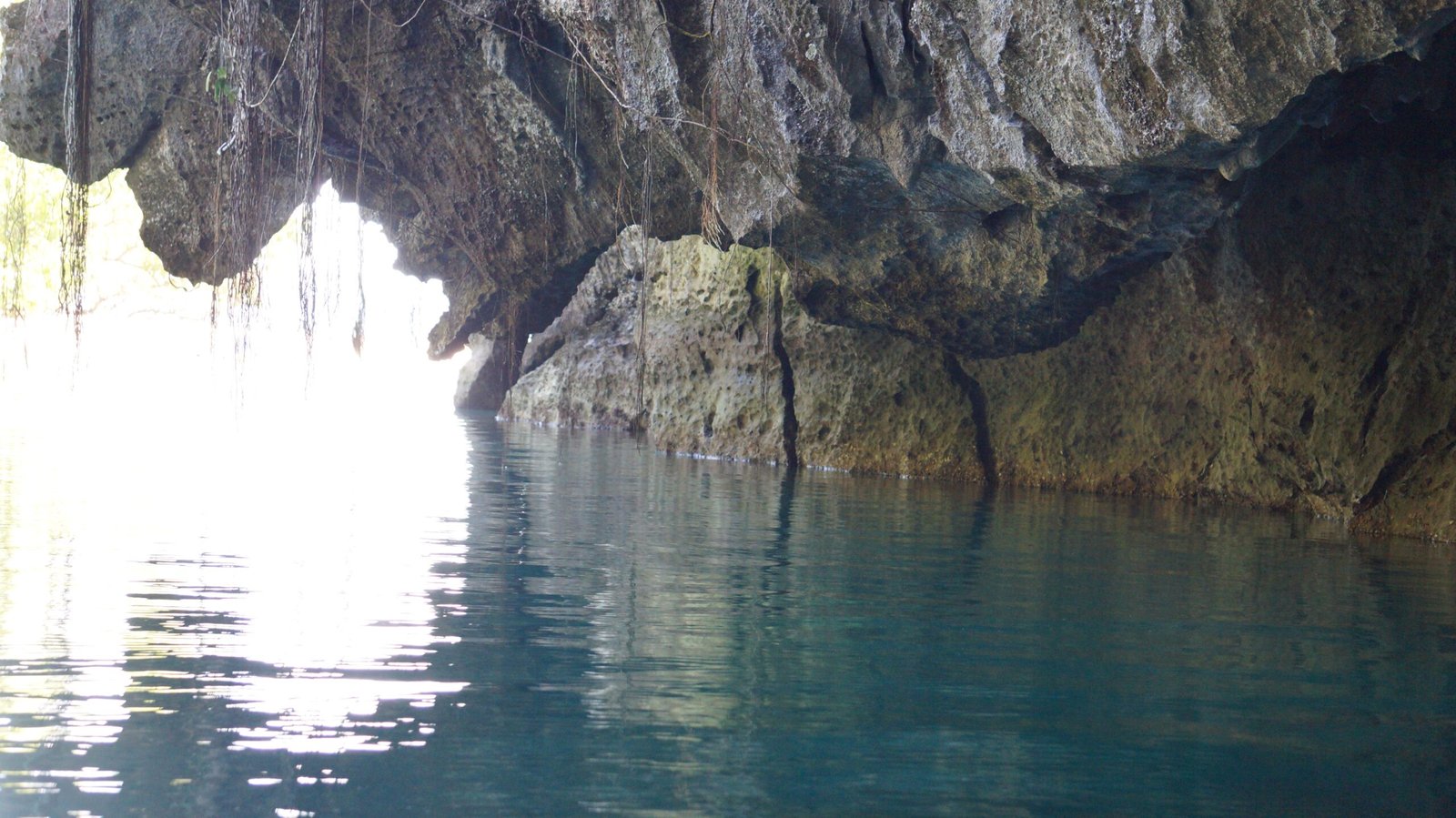
When rivers slip out of sight, their journey is far from over. Underground, these waterways carve vast labyrinths through rock, creating caverns, tunnels, and hidden lakes. The darkness is home to unique forms of life: blind cavefish, translucent crayfish, and delicate micro-organisms that thrive in perpetual night. These underground ecosystems are fragile and easily disrupted, yet they’ve survived for millions of years. Exploring this world takes courage and curiosity—cave divers and scientists risk their lives to map the uncharted passages where rivers roam unseen.
The Science of Karst Landscapes
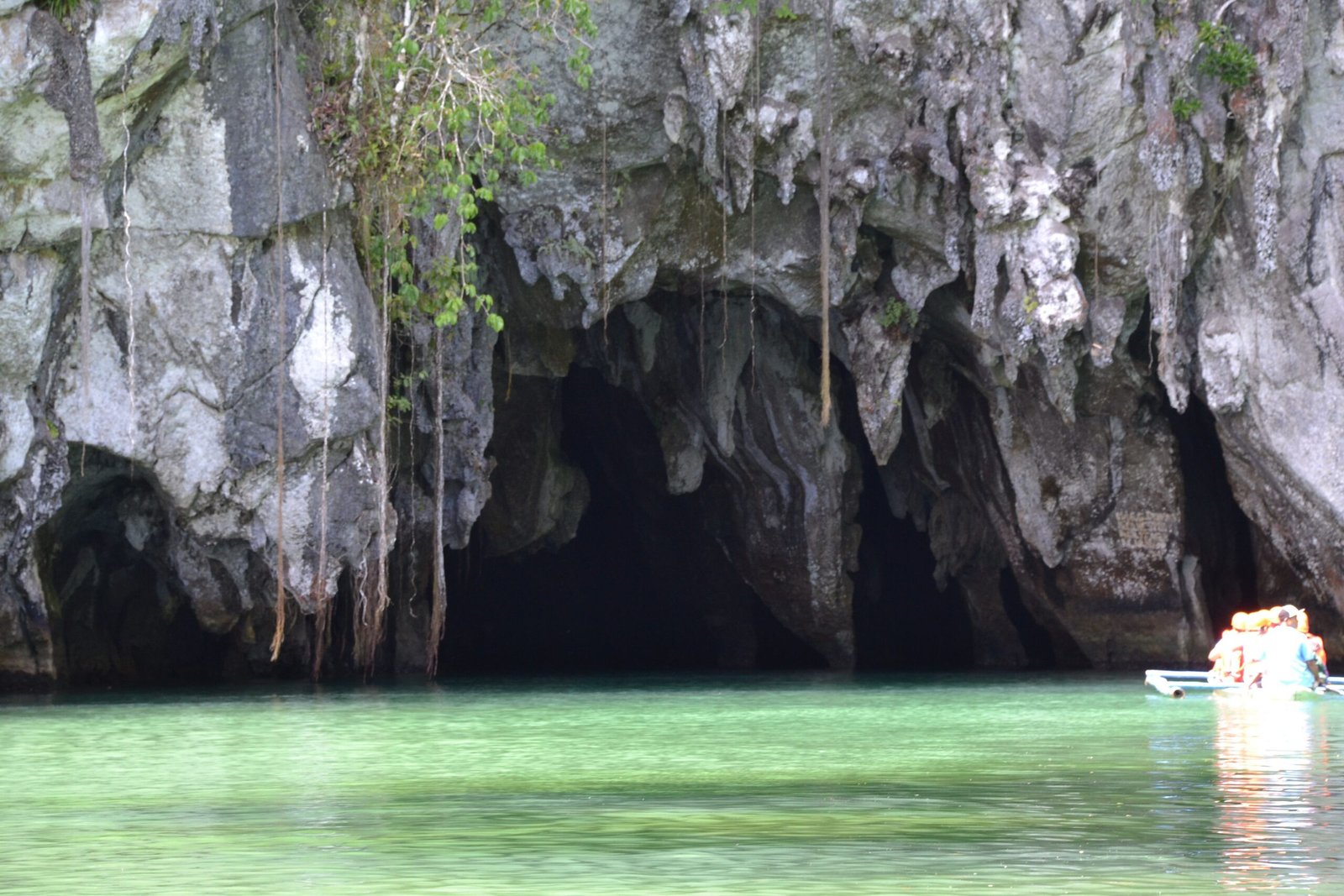
Karst landscapes are the key to understanding disappearing rivers. These terrains are formed by the slow dissolution of soluble rocks like limestone, dolomite, and gypsum. Rainwater, naturally acidic, seeps into cracks and crevices, gradually widening them into channels and caverns. Over time, entire river systems can be swallowed up, creating networks that stretch for miles beneath the surface. Karst regions are found across the U.S.—from the rolling hills of Kentucky to the flatlands of Florida—each one telling a story written in stone and water.
How Sinkholes Swallow Rivers
Sinkholes are dramatic reminders of the power of underground water. These depressions form when the roof of a cave or underground channel collapses, creating a direct route for rivers to disappear. Some sinkholes are small and subtle, while others can be hundreds of feet across, swallowing trees, roads, and even homes. When a river encounters a sinkhole, it can vanish in moments, sucked into the ground as if by magic. The sight is both awe-inspiring and a little unsettling, a reminder that the earth beneath us is always shifting.
The Role of Water in Shaping Caves
Water is the world’s most patient sculptor. Over thousands of years, underground rivers carve out vast cave systems, decorating them with stalactites, stalagmites, and glittering crystals. Some of America’s most famous caves—like Mammoth Cave in Kentucky and Carlsbad Caverns in New Mexico—owe their existence to these hidden waterways. As rivers flow through the darkness, they dissolve minerals from the rock, reshaping the landscape in slow, spectacular ways. This process is still going on today, as every drop of water helps carve the next chapter in the story of the earth.
Why Some Rivers Reappear Miles Away
One of the most mind-bending aspects of vanishing rivers is their ability to reappear far from where they disappeared. After plunging underground, a river might travel through miles of rock before bubbling back to the surface at a spring or a bubbling pool. This journey is guided by gravity and the twists and turns of underground channels. Sometimes, scientists use special dyes to track the water’s path, revealing surprising connections between seemingly distant waterways. It’s like nature’s own version of a magic trick—a river disappears, then reappears, transformed but unmistakably the same.
The Unique Wildlife of Underground Rivers
Life in underground rivers is tough, yet some creatures have adapted in remarkable ways. Without sunlight, many animals lose their pigmentation and eyesight, relying on touch and smell to navigate the darkness. Blind cavefish glide through the water, while ghostly crayfish scuttle along the rocky bottom. Microbes and bacteria form the base of the food chain, thriving in the mineral-rich water. Scientists are only beginning to understand these ecosystems, which may hold clues to life in extreme environments—even on other planets.
Legends and Lore: Myths Around Disappearing Rivers
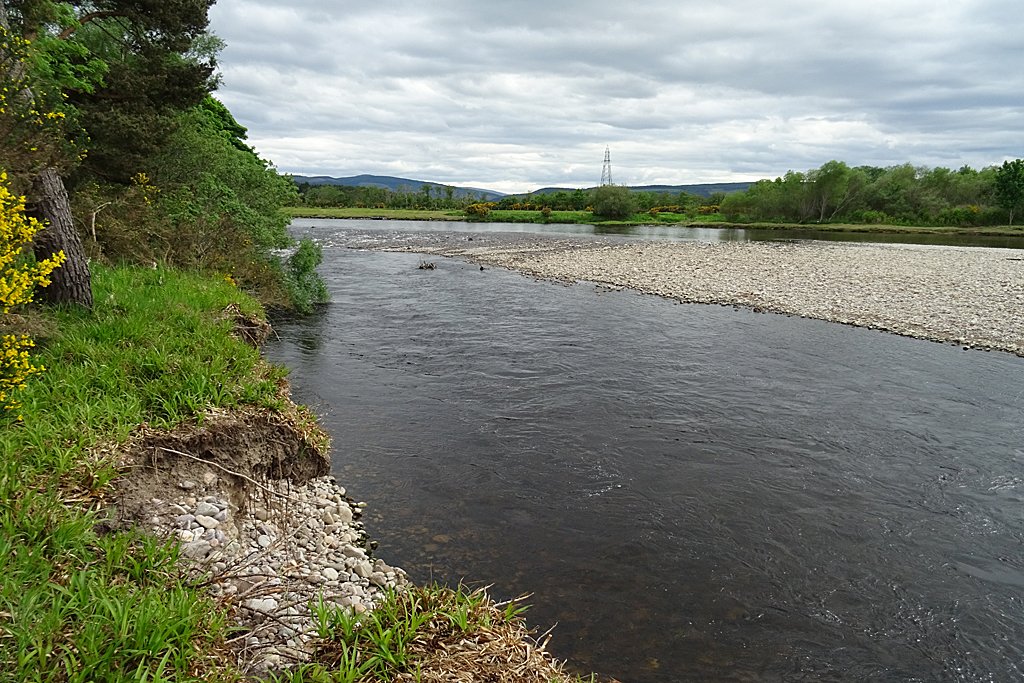
Disappearing rivers have inspired stories for generations. Native American legends tell of spirits guarding the entrances to the underworld, while early settlers spun tales of lost treasures and secret passageways. In some places, a vanishing river is said to mark the boundary between worlds—the known and the unknown, the safe and the mysterious. These stories are more than just entertainment; they reflect a deep respect for the power and unpredictability of nature. Even today, standing beside a river that disappears into the earth, it’s hard not to feel a shiver of awe.
The Impact of Human Activity
Human activity has a profound effect on vanishing waterways. Pollution, groundwater pumping, and land development can all disrupt the delicate balance of underground rivers. Chemicals and waste seep into the ground, contaminating water systems that once ran pure. As cities and farms expand, the natural flow of water is altered, sometimes causing sinkholes to collapse or springs to dry up. Protecting these unique rivers means understanding how our actions above ground ripple through the hidden world below.
Climate Change and Vanishing Rivers
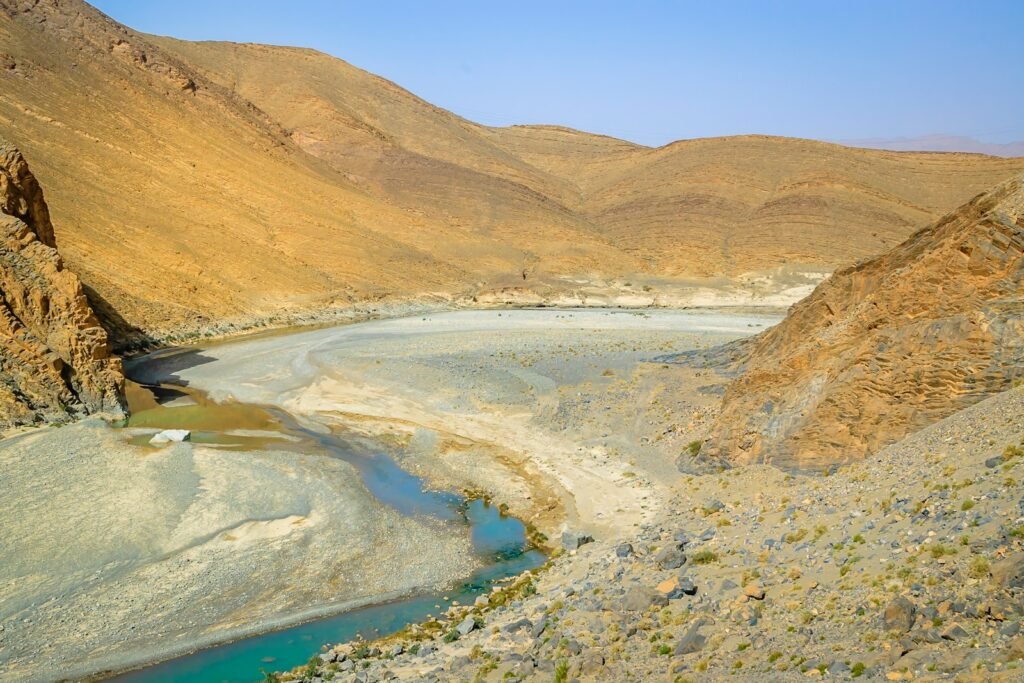
Climate change is reshaping America’s waterways in ways we’re only beginning to understand. Shifting rainfall patterns, droughts, and rising temperatures all affect the flow and fate of rivers—above and below ground. In some regions, disappearing rivers are drying up entirely, leaving behind empty channels and parched landscapes. In others, intense storms can flood underground systems, causing new sinkholes or changing the course of rivers. These changes are a stark reminder of how closely our lives are tied to the rhythms of water and earth.
The Role of Technology in Exploration

Exploring underground rivers once meant venturing into darkness with little more than a lantern and a sense of adventure. Today, technology offers new tools for discovery. Scientists use sonar, ground-penetrating radar, and even tiny underwater robots to map hidden channels and track the flow of water. Special dyes help trace a river’s path, while 3D modeling brings the underground world to life. These advances are opening up new frontiers, revealing just how much we still have to learn about the rivers beneath our feet.
Conservation Efforts and Success Stories
Despite the challenges, there are inspiring stories of people working to protect America’s vanishing waterways. Conservation groups partner with local communities to monitor water quality, restore habitats, and educate the public about the importance of underground rivers. In places like Florida’s Santa Fe River, collaborative efforts have helped preserve springs and reduce pollution. These successes show that with care and commitment, it’s possible to safeguard even the most mysterious parts of our natural world.
Cultural Connections to Hidden Rivers
Vanishing rivers aren’t just scientific curiosities—they’re woven into the fabric of local culture. Artists, writers, and musicians have all drawn inspiration from the mystery and beauty of disappearing waterways. Festivals, place names, and family stories keep the connection alive, reminding us that rivers are more than just water—they’re part of who we are. This cultural heritage is as important to protect as the rivers themselves, ensuring that future generations can share in the wonder.
Adventures for the Curious Explorer
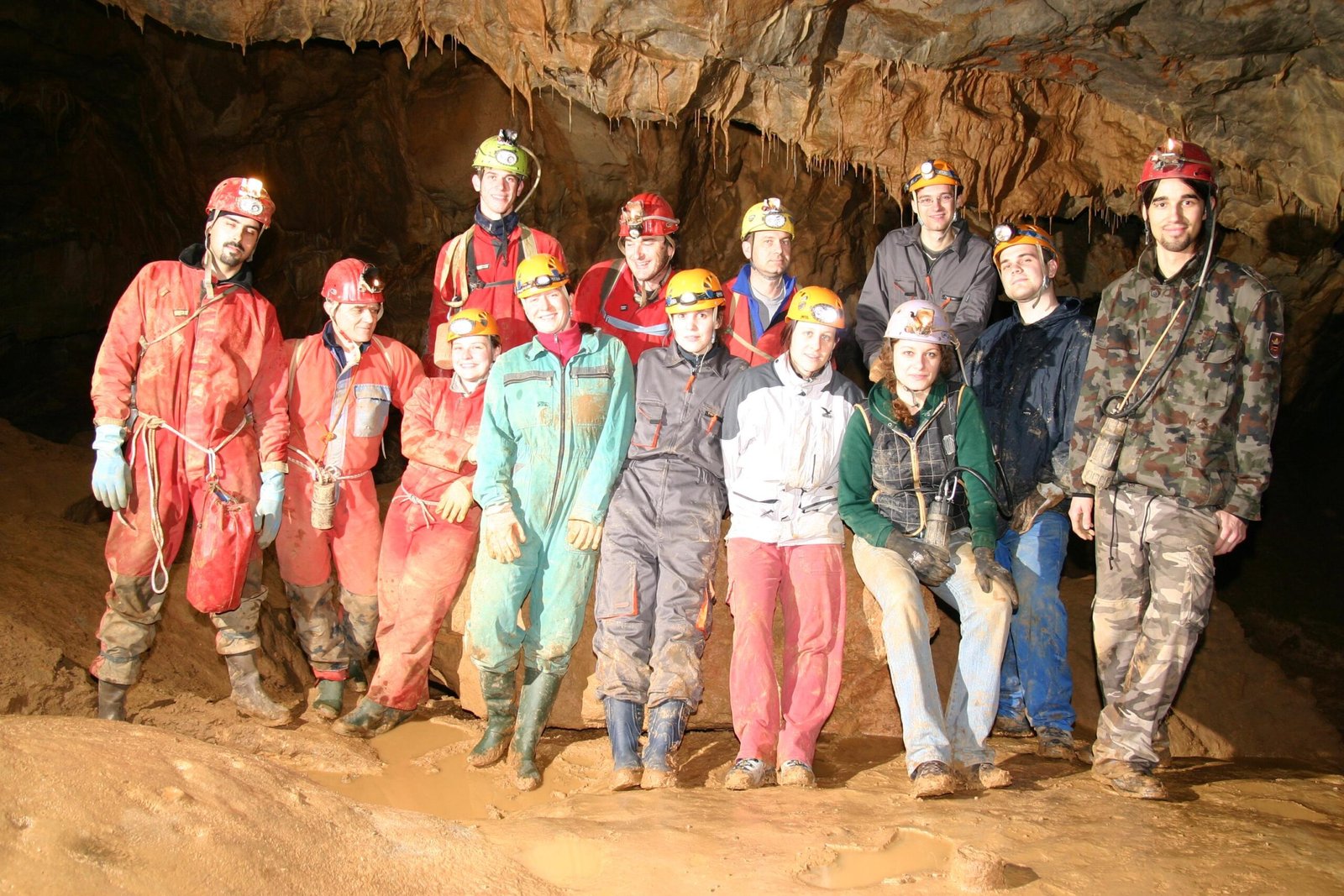
For those with a spirit of adventure, America’s disappearing rivers offer endless possibilities. Guided cave tours, kayaking trips, and hiking trails provide a glimpse into the world of underground waterways. In places like Kentucky’s Mammoth Cave or Arizona’s Kartchner Caverns, visitors can experience the thrill of discovery without venturing too far from the beaten path. These adventures are a chance to see the world from a new perspective—to feel, if only for a moment, the thrill of stepping into the unknown.
The Importance of Water for Communities

Underground rivers are a vital source of drinking water for millions of Americans. Springs fed by vanishing rivers supply towns and cities, support agriculture, and sustain wildlife. When these waterways are threatened, the consequences can be dire—dry wells, contaminated water, and loss of habitat. Understanding and protecting these hidden lifelines is essential for the health and wellbeing of communities across the country. In many ways, the fate of vanishing rivers is tied to our own.
Unexpected Dangers Lurking Below
While disappearing rivers can be enchanting, they also pose real risks. Sudden sinkholes have swallowed roads, buildings, and even entire neighborhoods. Unstable ground makes construction tricky, and underground flooding can cause unexpected disasters. Scientists and engineers work hard to map these dangers, but the unpredictable nature of karst landscapes means surprises are always possible. For those living in these regions, it’s a reminder that the earth beneath us is alive and full of secrets.
How You Can Help Protect Vanishing Rivers
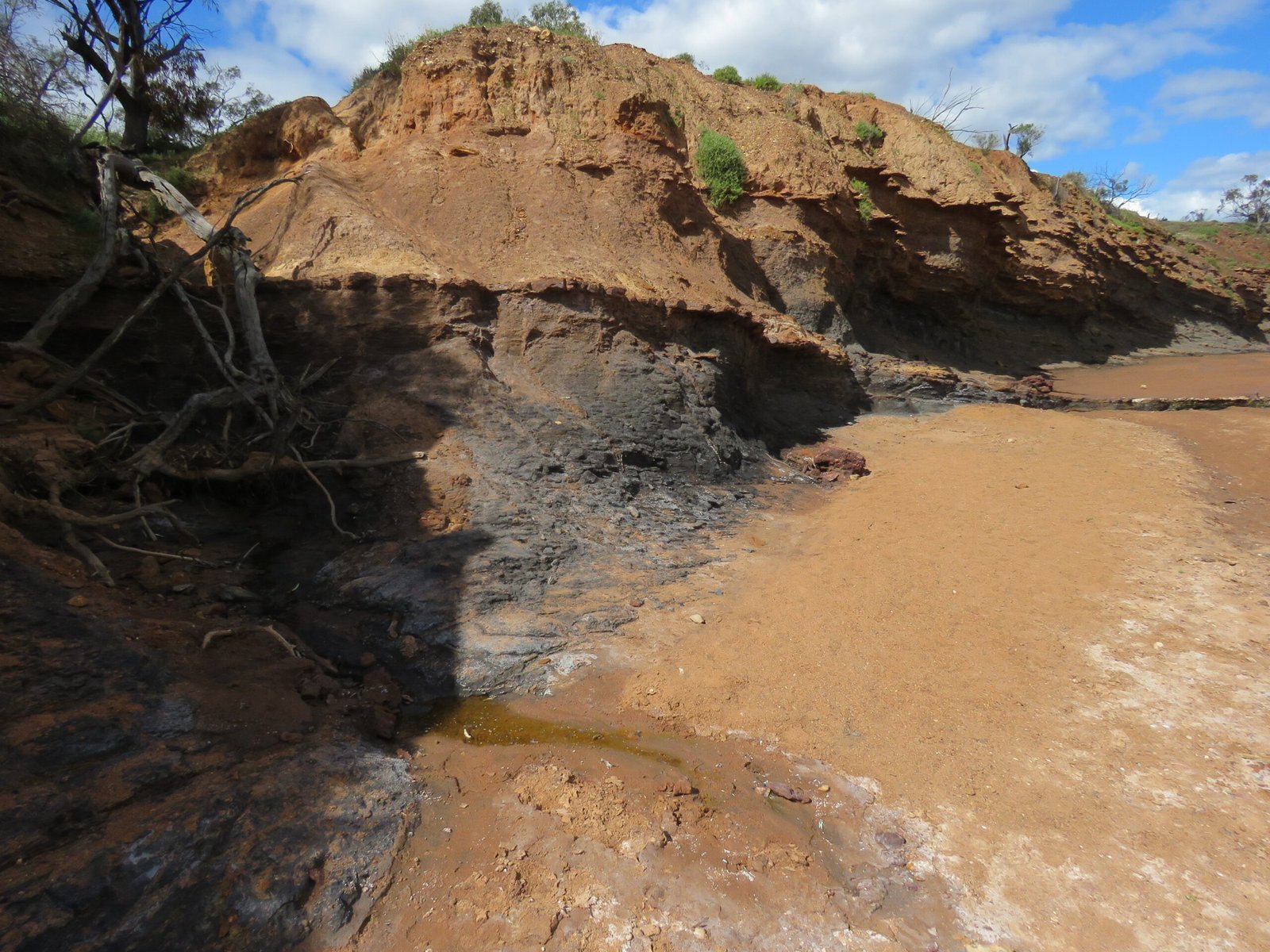
Everyone has a role to play in safeguarding disappearing rivers. Simple actions—like conserving water, reducing pollution, and supporting conservation groups—can make a big difference. Learning about your local waterways, volunteering for clean-up days, or joining citizen science projects helps build a sense of connection and stewardship. Even small steps add up, ensuring that these unique rivers continue to inspire and sustain life for generations to come.
Famous Case Studies: Stories That Captivate

Some vanishing rivers have stories that read like adventure tales. The Lost River in Indiana has been studied for over a century, with explorers mapping its twists and turns beneath the fields. In California, the Owens River famously dried up when its water was diverted to Los Angeles, leaving behind a stark reminder of human impact. Each case study offers lessons—about resilience, vulnerability, and the unpredictable ways in which water shapes our world.
What the Future Holds for America’s Hidden Waterways

Looking ahead, the fate of America’s vanishing rivers hangs in the balance. Advances in science and technology offer hope for better understanding and protection, but challenges remain. Climate change, pollution, and population growth all put pressure on these delicate systems. The choices we make today will determine whether future generations can marvel at a river that disappears into the earth, only to reappear in a burst of life and wonder. Will these mysteries endure, or will they become just another chapter in the story of what we’ve lost?

